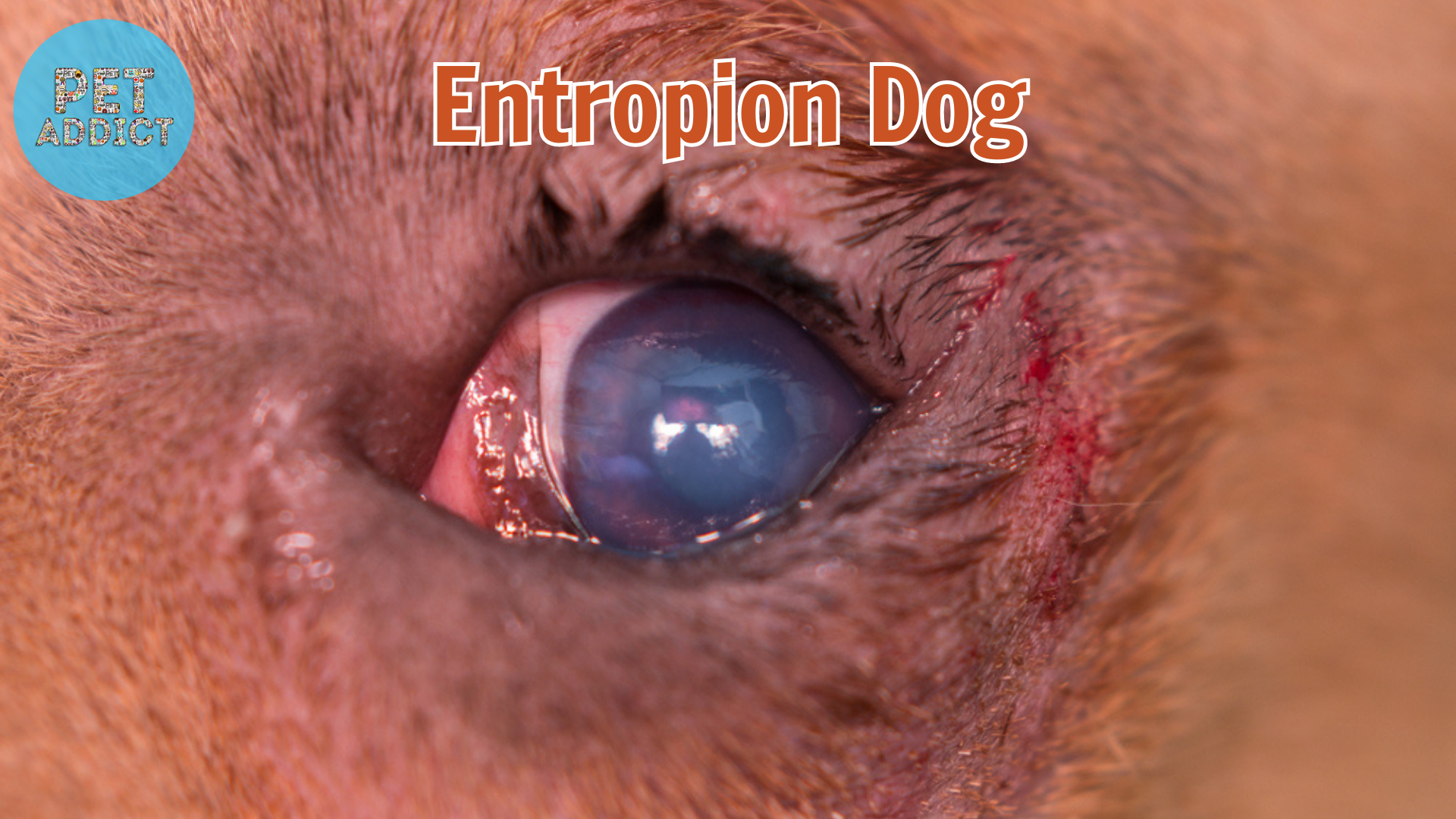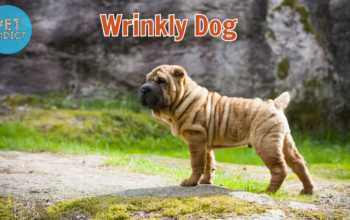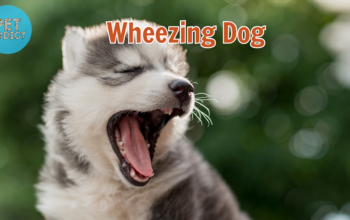“Entropion dog” is a distressing eye condition that can affect dogs of various breeds and sizes. It occurs when the eyelids roll inward, causing the eyelashes and hair to rub against the cornea and conjunctiva. This constant irritation leads to discomfort, redness, and in severe cases, corneal ulcers and vision impairment. As responsible pet owners, it’s essential to understand this condition, its causes, symptoms, and available treatments to ensure the well-being of our furry companions.
PetAddict.net – The best place where you can find everything about your pet!
Causes and Risk Factors
Entropion can result from multiple factors, and some dogs may have a genetic predisposition to the condition. Breeds with loose facial skin and excess facial folds, such as the Shar Pei and Bulldog, are more susceptible to developing entropion. Traumatic injuries to the eyelids or chronic eye irritation can also lead to the development of this condition.
Types of Entropion
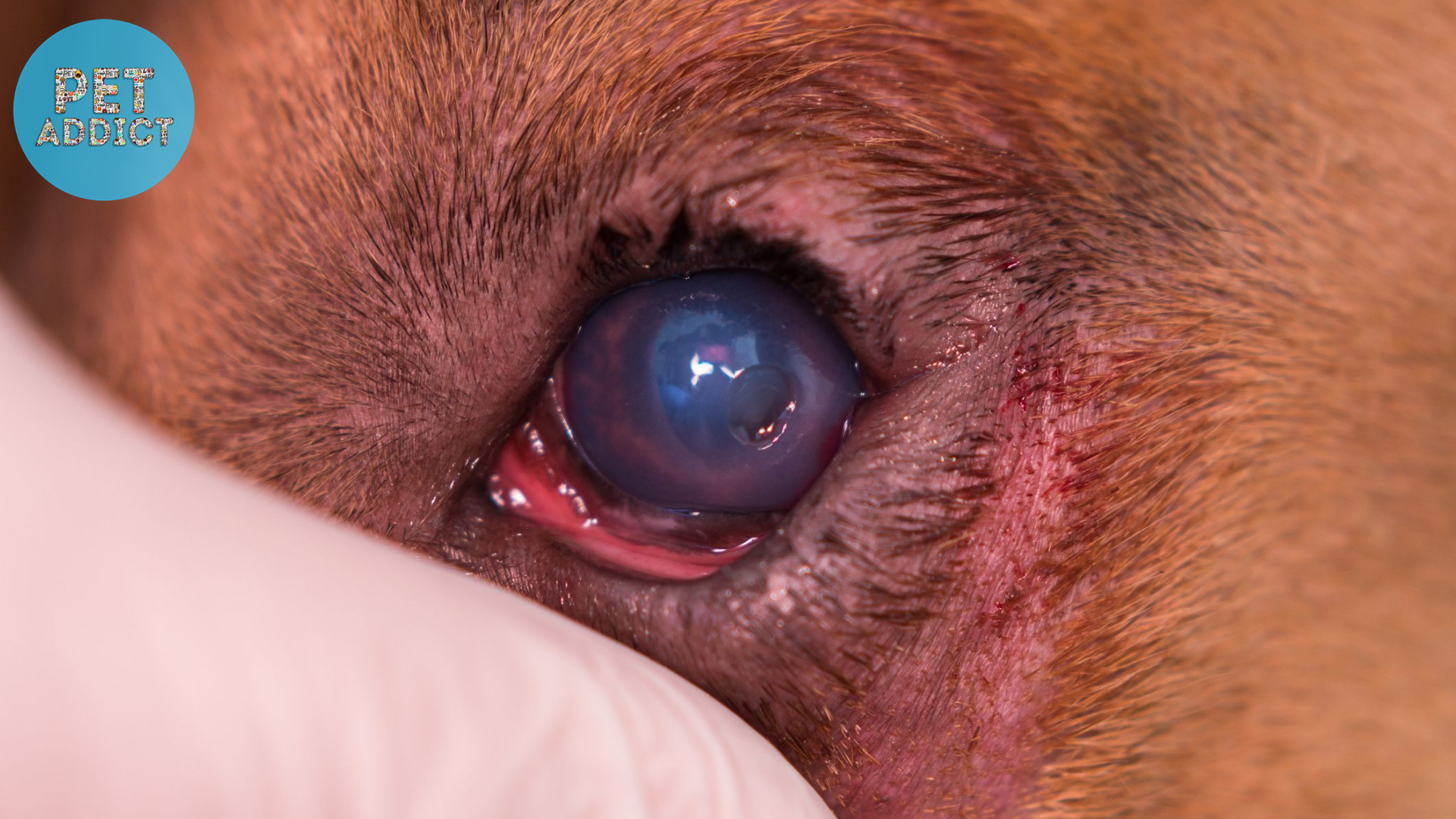
There are two main types of entropion: upper eyelid entropion and lower eyelid entropion. Upper eyelid entropion occurs when the upper eyelid rolls inward, while lower eyelid entropion involves the lower lid turning inward. Additionally, entropion can be classified as symmetrical or asymmetrical, depending on whether one or both eyes are affected.
Recognizing Symptoms of Entropion
Detecting entropion early is crucial for timely intervention. Physical symptoms include the abnormal positioning of the eyelids, redness, excessive tearing, squinting, and corneal ulcers. Behavioral signs such as rubbing or pawing at the eyes and reluctance to open the eyes may also indicate entropion.
Diagnosis and Veterinary Examination
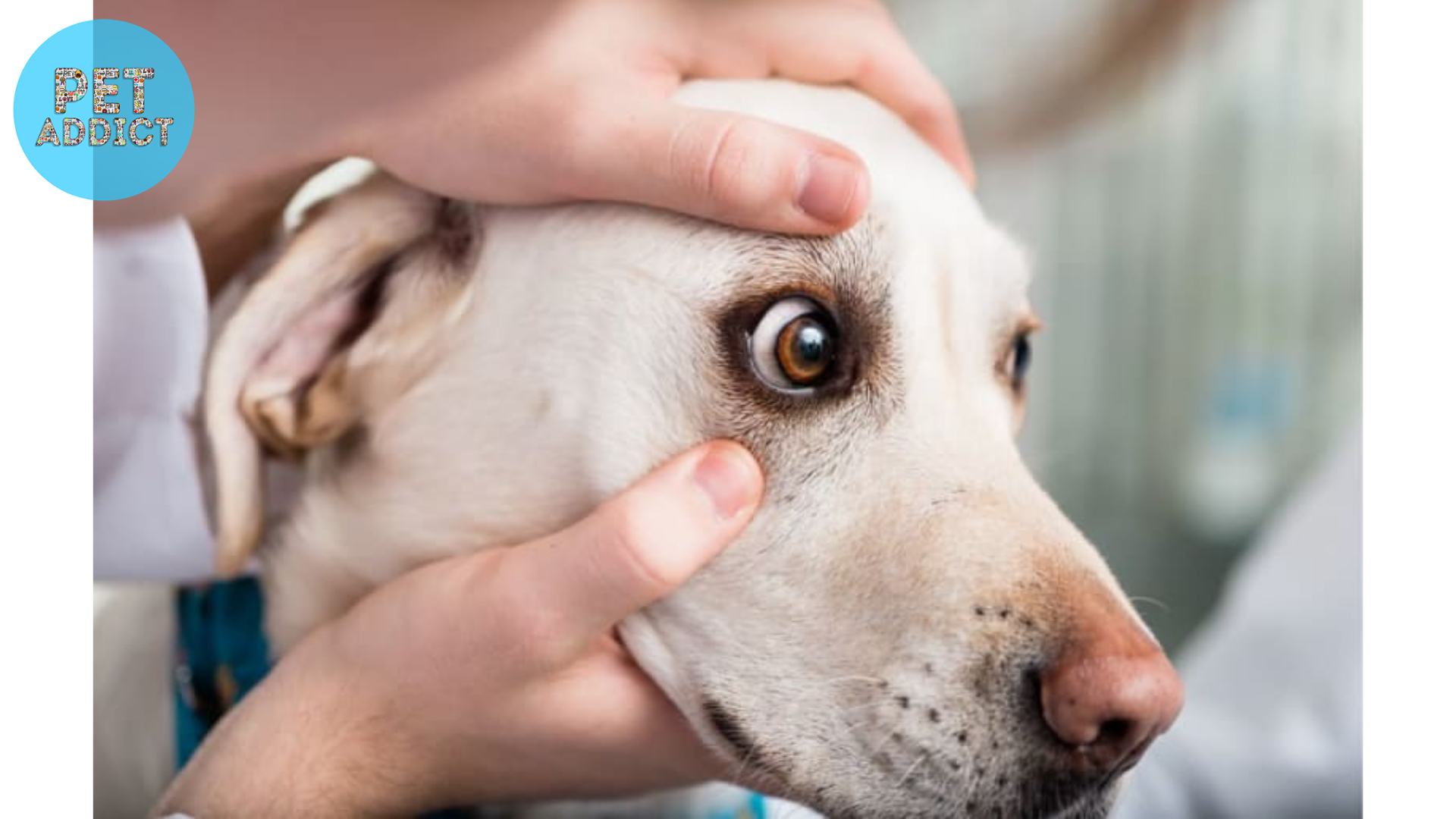
A thorough veterinary examination is necessary to confirm the presence and severity of entropion. The veterinarian will perform various diagnostic procedures, such as slit-lamp biomicroscopy, fluorescein staining, Schirmer tear test, and corneal pachymetry, to assess the condition of the eyes and eyelids.
Non-Surgical Management
In mild cases of entropion, non-surgical management may be attempted. Lubricating eye drops can help reduce irritation, and antibiotic ointments prevent secondary infections. Temporary tacking of the eyelids and the use of protective collars may be employed to relieve discomfort and prevent further damage.
Surgical Interventions
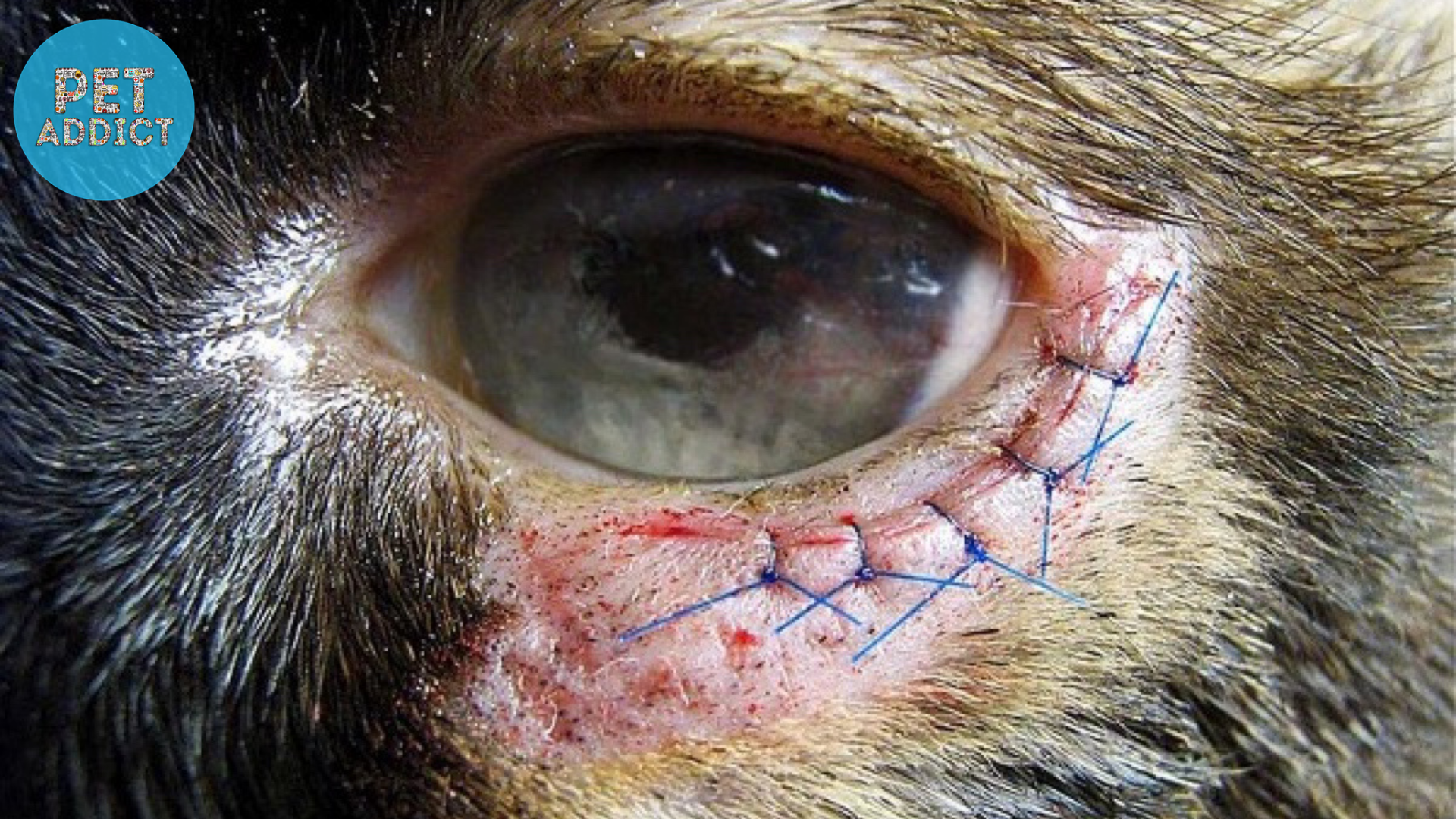
For moderate to severe cases of entropion, surgical interventions are often necessary to correct eyelid malpositioning. The Hotz-Celsus procedure, lid V-plasty, eyelid mass excision, and canthal transposition are some of the surgical techniques used to address entropion and restore ocular health.
Post-Treatment Care and Recovery
After surgical intervention, post-treatment care is crucial to ensure a smooth healing process. Dogs may be prescribed medications for pain management and to prevent infection. Regular monitoring of the surgical sites and following the veterinarian’s instructions are essential for a successful recovery.
Preventing Recurrence
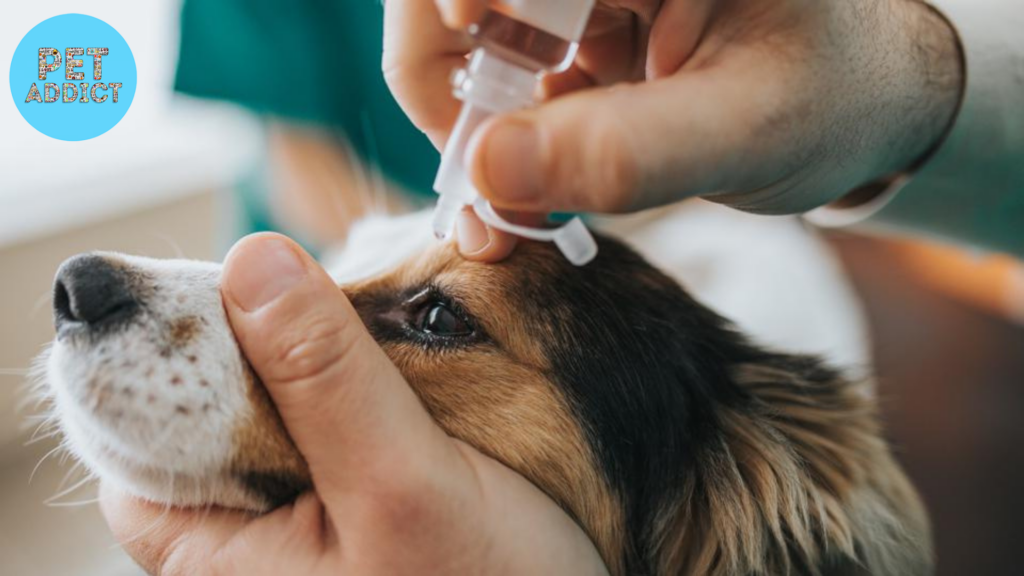
To prevent entropion from recurring, regular follow-up examinations with the veterinarian are necessary. Addressing any underlying causes, such as allergies or eye infections, is vital. Providing a balanced diet with essential nutrients for eye health can also contribute to preventing recurrence.
Long-Term Management and Prognosis
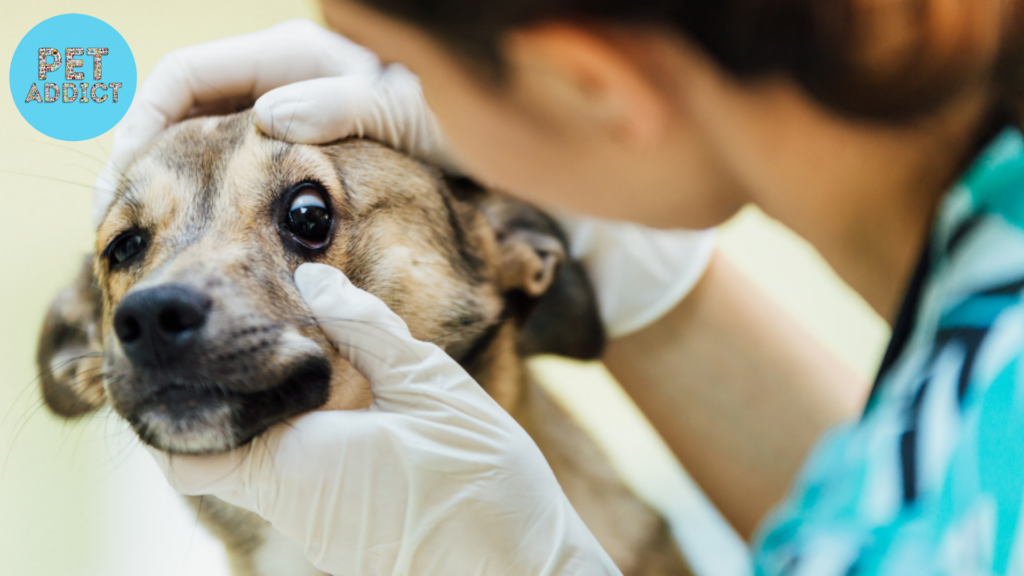
The prognosis for dogs with entropion is generally positive, especially with early detection and appropriate treatment. Most dogs can lead comfortable lives after surgical correction. However, long-term management and regular eye check-ups are essential to monitor for any changes or potential complications.
Conclusion
Entropion is a concerning eye condition that can cause significant discomfort and affect a dog’s quality of life. Understanding the causes, recognizing the symptoms, and seeking prompt veterinary care are vital in managing this condition effectively. By being vigilant and implementing preventive measures, we can ensure the well-being and visual health of our beloved canine companions.

